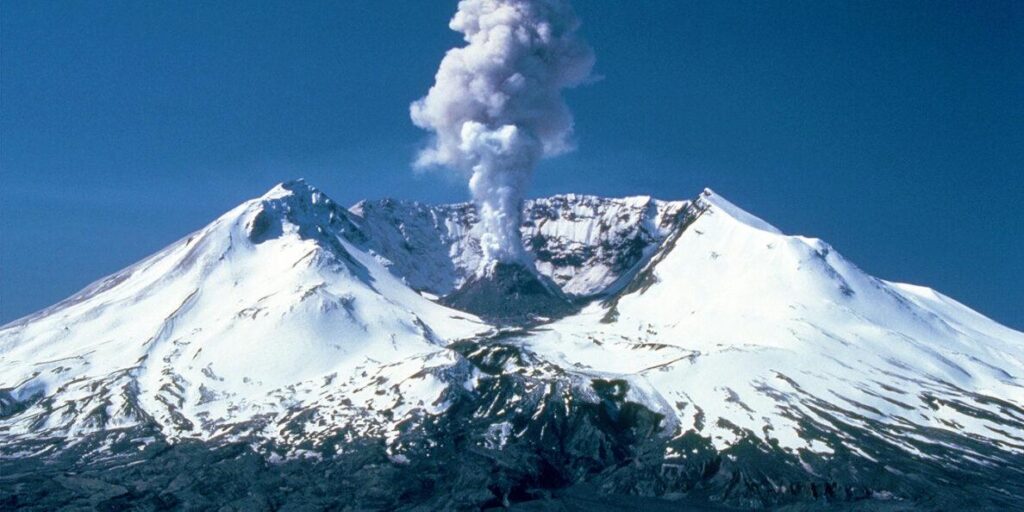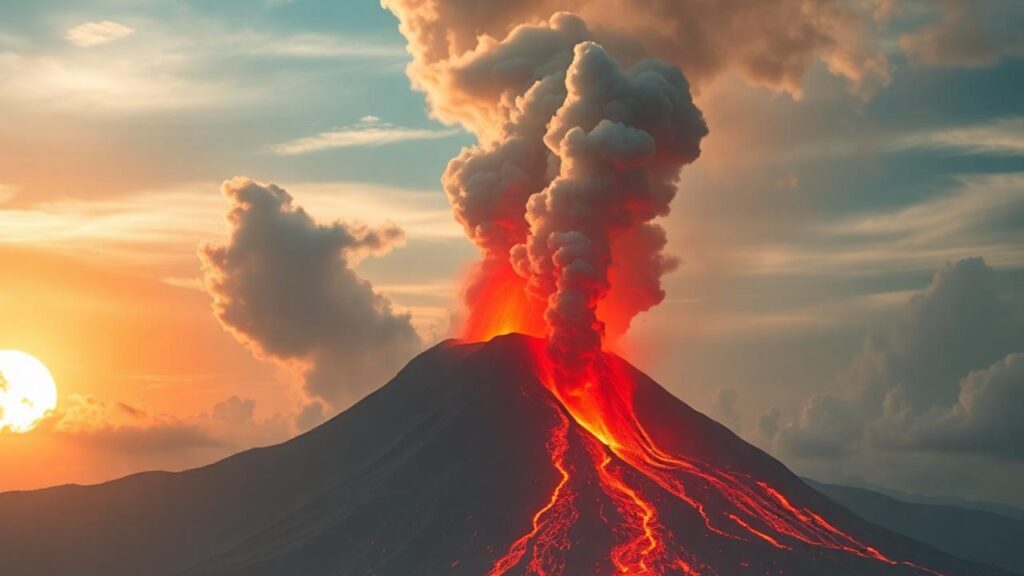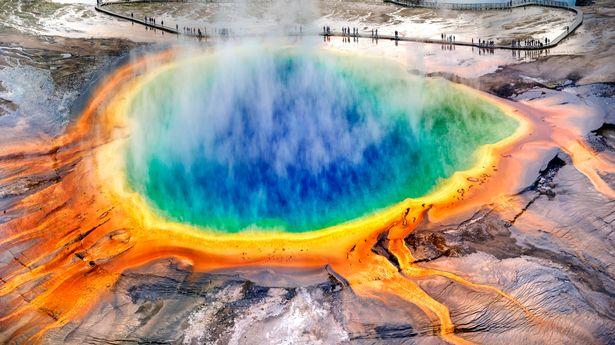In the silent embrace of ash and time, the walls of an ancient Pompeian home whisper stories long forgotten. Recently unearthed life-sized murals have emerged from the volcanic shadows, offering a vibrant glimpse into the daily life and artistic sophistication of a civilization abruptly frozen by Mount Vesuvius’s catastrophic eruption nearly two millennia ago. These intricate paintings, preserved beneath layers of volcanic debris, now stand as silent witnesses to a moment of sudden, tragic interruption—a snapshot of Roman life captured in vivid pigments and human-scale representations. Archaeologists have unearthed a remarkable series of life-sized wall paintings within a dwelling in the ancient Roman city, revealing intricate details of artistic expression preserved by the catastrophic volcanic eruption of Mount Vesuvius.
The newly discovered murals, meticulously preserved beneath layers of volcanic ash, showcase remarkable human figures in vivid detail, offering unprecedented insights into the artistic techniques and cultural representations of the period. Spanning entire wall surfaces, these paintings demonstrate the sophisticated decorative practices of affluent Pompeian households during the first century CE.
Each mural presents figures in dynamic poses, seemingly frozen in time by the volcanic destruction that simultaneously obliterated and preserved the city’s architectural and artistic heritage. The scale and precision of these paintings suggest commissioned works by skilled artisans who meticulously crafted scenes depicting mythological narratives, daily life, and symbolic representations.
Researchers noted the remarkable preservation of color pigments,which have maintained remarkable vibrancy despite nearly two millennia of burial beneath volcanic debris. The murals’ pristine condition allows scholars to study intricate brushwork, color blending techniques, and stylistic nuances that provide deeper understanding of Roman artistic traditions.
The discovered artwork reflects the complex visual culture of Pompeii, demonstrating how wealthy residents used elaborate wall decorations to communicate social status, aesthetic preferences, and cultural narratives. These life-sized representations serve as windows into the psychological and social landscapes of ancient Roman society.Preliminary analysis indicates the murals likely adorned the residence of a prominent citizen, potentially a wealthy merchant or local political figure. The sophisticated composition and high-quality execution suggest notable investment in artistic decoration, underscoring the cultural importance of visual art in Roman urban environments.
Excavation teams have carefully documented and preliminarily stabilized the paintings,employing advanced conservation techniques to prevent degradation. Specialists will conduct extensive chemical and historical analyses to determine precise dating, artistic origins, and potential symbolic meanings embedded within the compositions.The discovery represents another remarkable archaeological revelation from Pompeii, continuing to provide unprecedented glimpses into a civilization suddenly interrupted and paradoxically preserved by natural catastrophe. These life-sized murals stand as silent witnesses to a moment of historical change, offering contemporary observers profound connections to human experiences from nearly two millennia ago.
Scientific teams anticipate further revelations as meticulous documentation and research progress, promising additional insights into the rich cultural tapestry of this extraordinary archaeological site.




